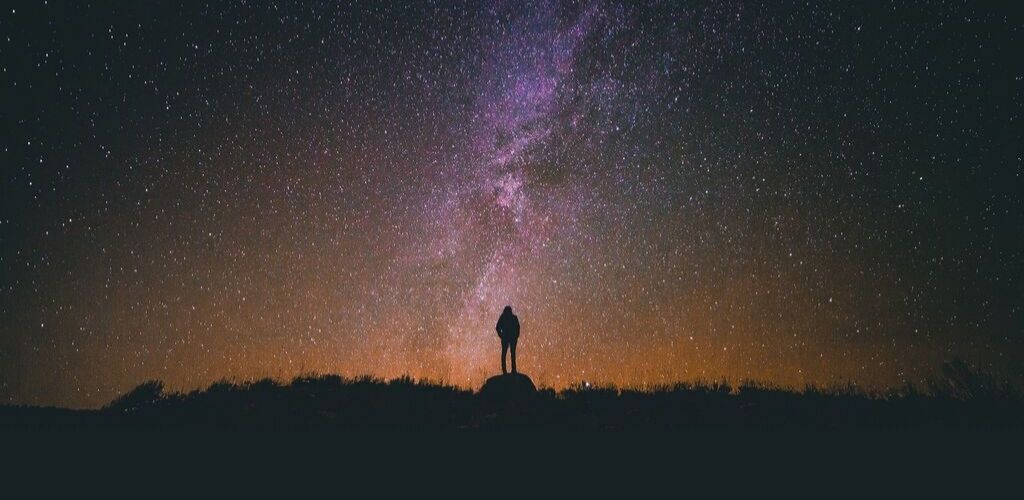
The nights get darker and longer, so you will have more time to observe these wonderful deep sky objects…
Click on your location: Northern hemisphere | Southern hemisphere
Northern hemisphere
Star map from September to October in the Northern hemisphere
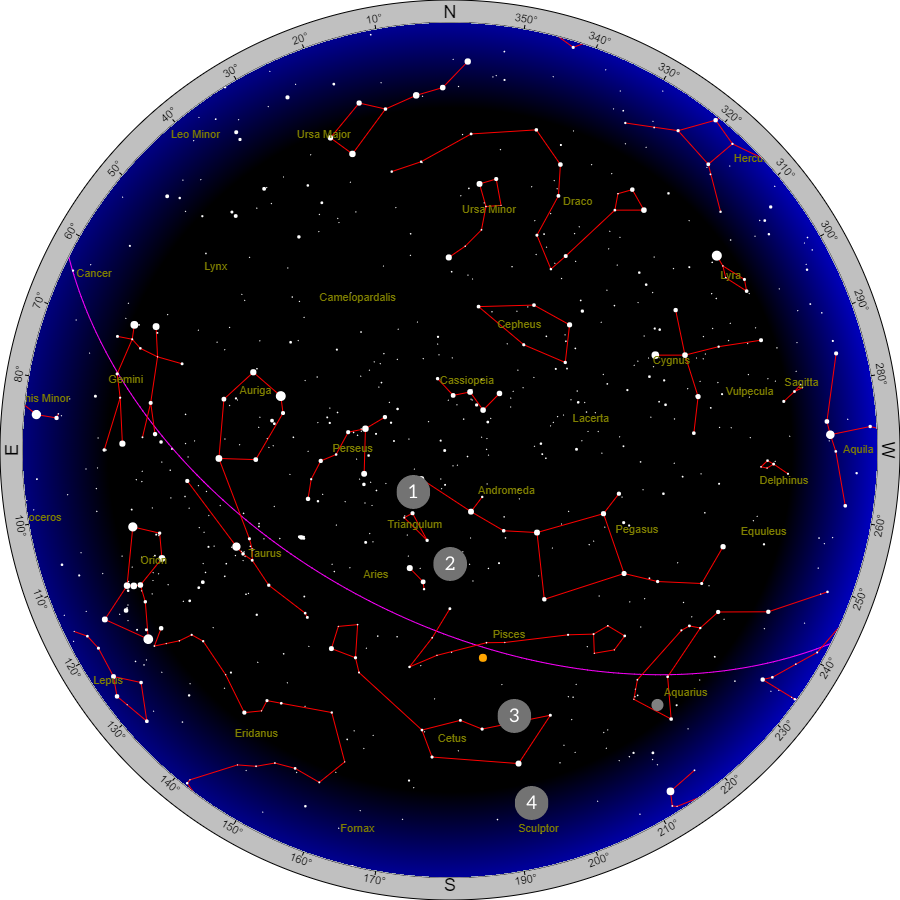
1) NGC 752 open cluster
Observation hours: an hour or two after dark until dawn.
This star cluster cataloged in 1786 was discovered by Caroline Herschel in 1783. It is located in the Andromeda constellation and can be seen with the naked eye from a place without light pollution. You will see about sixty stars through a telescope. These stars are about 1300 light years away from Earth.
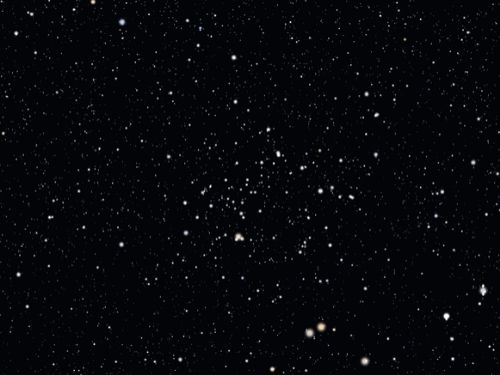
2) M74 Galaxy
Observation hours: approximately one hour after dark until early morning.
Messier 74 is a spiral galaxy located between 30 and 40 million light years from Earth. Because of its magnitude 9, you will need a medium-sized telescope to observe it. It is located in the Pisces constellation, near the binary star Eta Piscium. Its companion star became a supernova which was, for a moment, brighter than the entire galaxy as a whole.
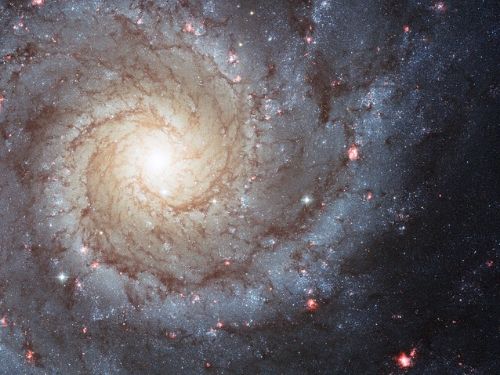
3) NGC 246 Planetary Nebula
Observation hours: an hour or two after dark until dawn.
Planetary nebulae have little to do with planets. They were so named because they resemble the nebulous disc of the planets. NGC 246 is known as the Skull Nebula. The nebula is made up of layers of gas expelled from a dying star, forming an expanding bubble around it.
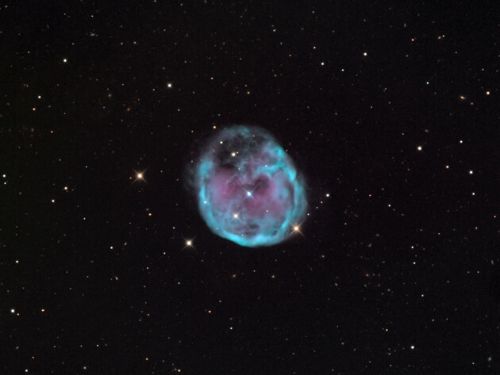
4) Sculptor Galaxy (NGC 253)
Observation hours: preferably an hour or two before and after midnight.
Although in the northern hemisphere the horizon must be clear to see the Sculptor galaxy, its observation is worth it with a telescope. This spiral galaxy, sometimes referred to as the Silver Coin Galaxy, is located approximately 11 million light-years from us. A large aperture telescope is necessary to see its spiral structure.
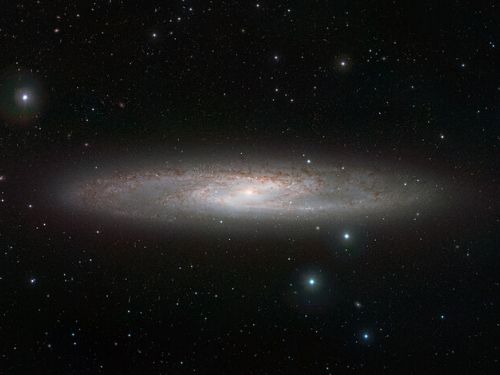
Southern hemisphere
Star map from September to October in the Southern hemisphere
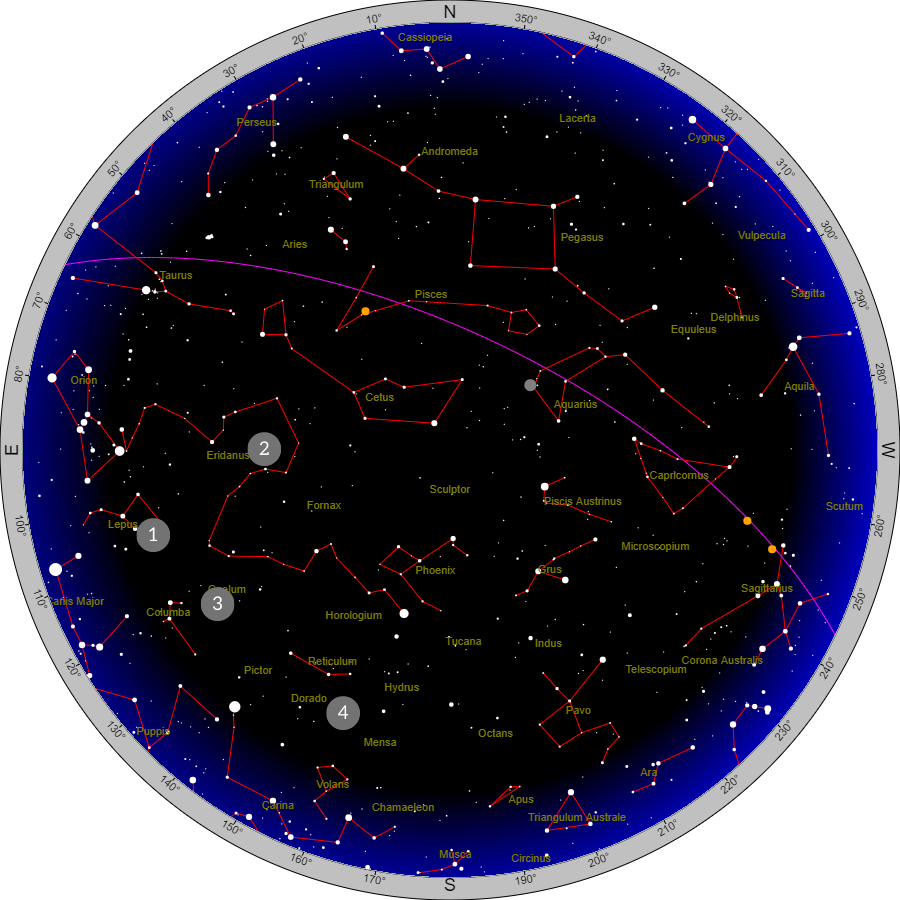
1) M79 Globular cluster
Observation hours: an hour or two after dark until dawn.
This globular cluster is located in the Lepus constellation. Through binoculars, it looks like a foggy spot. Distant from Earth by 42,000 light years, this cluster would not have originated from the Milky Way but would have been captured by it.
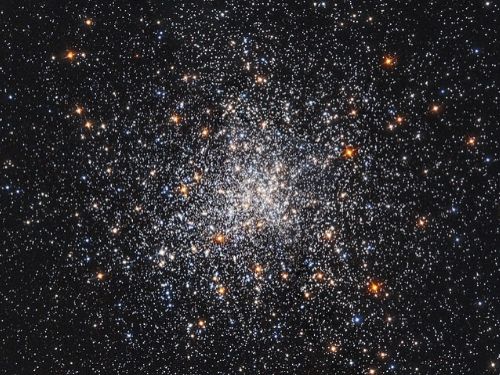
2) NGC 1300 Galaxy
Observation hours: all night.
The barred spiral galaxy NGC 1300 is about 70 million light years away. The Hubble Space Telescope took a picture of it with its spiral arms clearly visible. Discovered in 1835 by John Herschel, it measures 110,000 light years in diameter. You will need a large telescope to see it well. Through binoculars, you will only see a faint light spot.
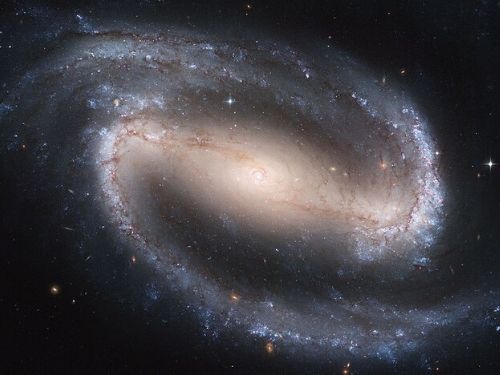
3) NGC 1851 globular cluster
Observation hours: all night.
Discovered in 1826 by James Dunlop, this globular cluster is located 40,000 light years from Earth. Globular clusters are agglomerates of stars that orbit around the plane of our galaxy. Observable with binoculars or a small telescope, it is located in the Columba constellation. The long exposure photographs allow the structure of the cluster to be clearly highlighted. Its age is estimated at 10 billion years.
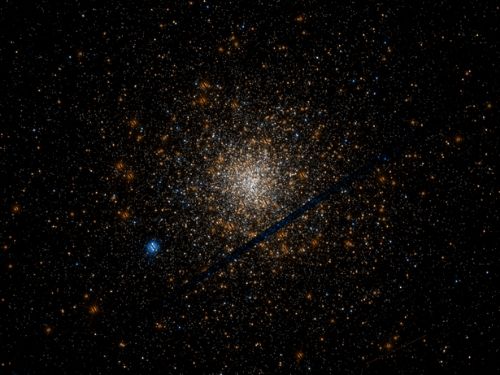
4) Tarantula Nebula (NGC 2070)
Observation hours: all night.
This region of gas and dust takes its name from its shape. It is located in the Large Magellanic Cloud, a satellite galaxy of the Milky Way. Also known as 30 Doradus, this cloud of gas and dust shines brightly, drawing its energy from the star cluster. Its activity is probably intense because it can be observed easily despite the 160,000 light years that separate us from it.
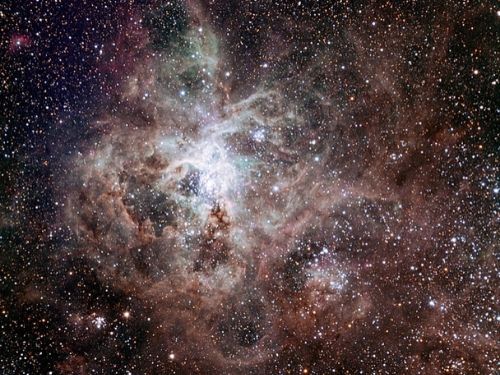
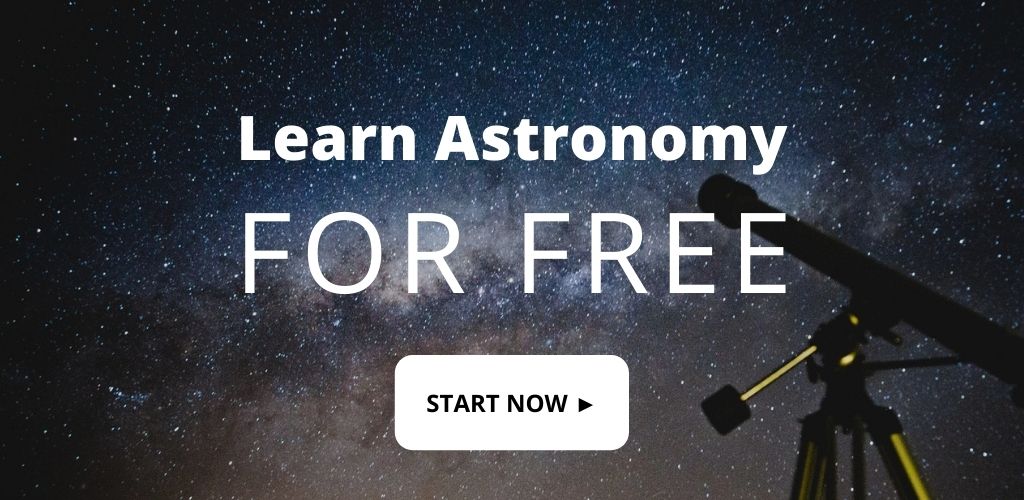
Image credits
- NGC 752 open cluster: Roberto Mura / CC BY-SA (https://creativecommons.org/licenses/by-sa/3.0)
- M74 Galaxy: NASA, ESA, and the Hubble Heritage (STScI/AURA)-ESA/Hubble Collaboration. Acknowledgment: R. Chandar (University of Toledo) and J. Miller (University of Michigan) / Public domain
- NGC 246 Planetary Nebula: Adam Block/Mount Lemmon SkyCenter/University of Arizona / CC BY-SA 3.0 US (https://creativecommons.org/licenses/by-sa/3.0/us/deed.en)
- Sculptor Galaxy (NGC 253): ESO/J. Emerson/VISTA. Acknowledgment: Cambridge Astronomical Survey Unit / CC BY (https://creativecommons.org/licenses/by/3.0)
- M79 Globular cluster: ESA/Hubble / CC BY (https://creativecommons.org/licenses/by/4.0)
- NGC 1300 Galaxy: NASA, ESA, and The Hubble Heritage Team STScI/AURA) / Public domain
- NGC 1851 globular cluster: Fabian RRRR / CC BY-SA (https://creativecommons.org/licenses/by-sa/3.0)
- Tarantula Nebula (NGC 2070): TRAPPIST/E. Jehin/ESO / CC BY (https://creativecommons.org/licenses/by/4.0)